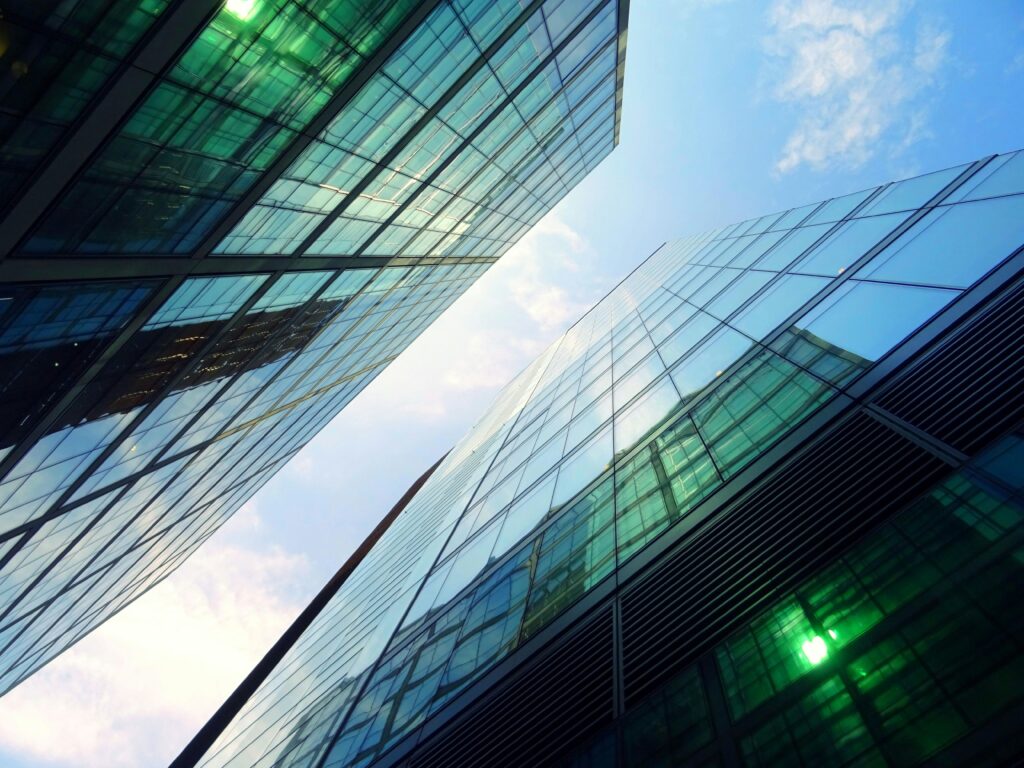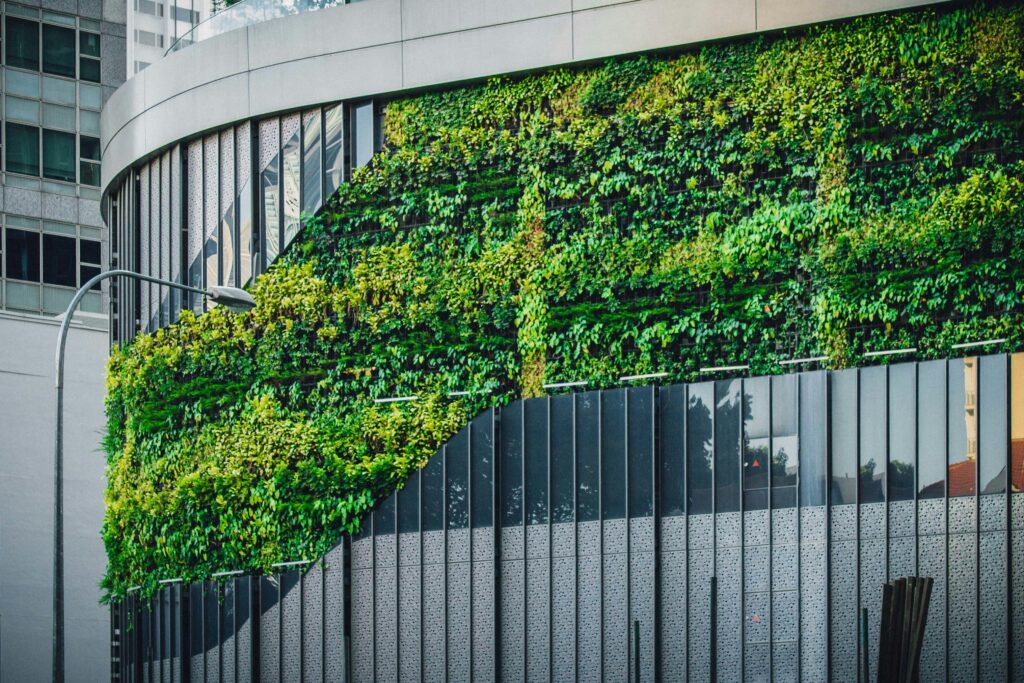Achieving Net Zero is an industry defining challenge and the Australian commercial property sector faces a critical choice – adapt or fall behind. This challenge is not only a regulatory requirement but also a strategic opportunity to future-proof assets, re-define building value, and build a competitive, sustainable market.
The journey to Net Zero is equally – if not more – important than solving the “riddle” of getting people back into offices post-pandemic. It demands bold action to ensure that all buildings, old and new, contribute to a greener future. This isn’t just a sustainability issue, it’s a business imperative.
New developments have an inherent advantage in integrating cutting-edge sustainability technologies and designs, making them powerful drivers of progress. However, the existing building stock must not be overlooked. Retrofitting these properties is essential to align with tenant demand for greener spaces, reduce operating costs, and ensure older buildings remain vital contributors to the property landscape.
As we chart the path toward a Net Zero future, older buildings hold incredible potential to be part of the solution rather than left behind as part of the problem. It’s an opportunity for landlords to lead a transformative shift, ensuring these buildings remain relevant, valuable, and sustainable for years to come.
Policy Requirements
Australia’s Net Zero policies and initiatives form a comprehensive framework designed to transition the commercial property sector toward decarbonisation. It’s important to note that this framework is supported by Federal, State, and Territory governments, ensuring alignment between policy, incentives, and sustainability goals. Federal programs including NABERS, National Energy Productivity Plan (NEPP), and the Future Made in Australia initiative, play a key role in setting the required and mandated framework.
State and Territory governments continue to complement these federal programs with region-specific strategies like Net Zero Plan Stage 1 (NSW), Victorian Energy Upgrades (VEU), and Queensland’s brilliant Building Our Regions Program, which focus on building a sustainable future.
Major programs like this highlight the importance of decarbonising the entire property sector, ensuring Australia’s commercial properties meet evolving regulatory, environmental, and tenant expectations. These policies are not just a regulatory framework, they’re a roadmap for opportunity.
New developments: Leading the way
New commercial properties, designed with sustainability at their core, lead the way with renewable energy integration, smart technologies, and low-carbon materials. These features reduce operational costs, attract ESG-conscious tenants, and ensure compliance with tightening emissions targets.

However, their success does not diminish the vital role and critical need for retrofits of existing properties. Increasingly tenants are seeking out ESG excellence as a minimum and existing buildings that fail to meet these expectations risk becoming obsolete as tenants prioritise properties aligned with their decarbonisation goals.
Retrofitting and upgrading older properties to meet net-zero targets provides a chance to unlock long-term benefits. With energy efficiency improvements, landlords can significantly reduce operating costs, enhance tenant satisfaction, and increase the value of their assets. By prioritising sustainability, landlords position themselves as leaders in an evolving market.
Far from being a financial burden, retrofits offer a long term cost-effective solution that benefits all stakeholders and the answer to achieving net zero, and should not come at the expense of the tenant. Forward-thinking landlords are discovering creative ways to fund these changes, leveraging government incentives, or investing in technologies that pay for themselves through energy savings over time.
The focus must be on collaboration and shared value, ensuring tenants benefit from lower utility bills and improved building comfort, while landlords enjoy higher retention rates and stronger reputations.
As buildings are nearing the end of long-term leases and carrying low debt levels, now is the perfect time for landlords to reinvest in upgrades. Improvements like energy-efficient HVAC systems, solar installations, and better insulation can bring older buildings closer to Net Zero without the embodied carbon costs of new construction.
Moreover, retrofitting creates a ripple effect of benefits – enhancing property value, boosting tenant retention, and positioning landlords as leaders in sustainability. By modernising older properties, landlords ensure their portfolios remain desirable and aligned with the evolving expectations of tenants and regulators.
This should be the price of competition against new builds, and tenants should be the beneficiaries.

Net Zero: A non-negotiable future
Net zero initiatives transcend political divides in Australia, receiving bipartisan support as essential for economic growth, environmental sustainability, and global competitiveness. This stability underscores the inevitability of a net zero trajectory for the property sector, ensuring long-term investment security for landlords and developers alike.
The journey to Net Zero isn’t about choosing between economic success and environmental responsibility, it’s about achieving both. By embracing sustainability, landlords can future-proof their portfolios, strengthen their bottom line, and contribute to a healthier, greener world where no building, old or new, is left behind. The path forward is clear, and the rewards for those who lead the way are immeasurable.
